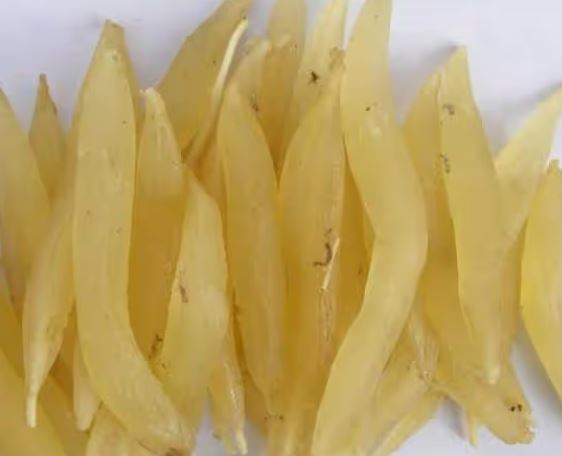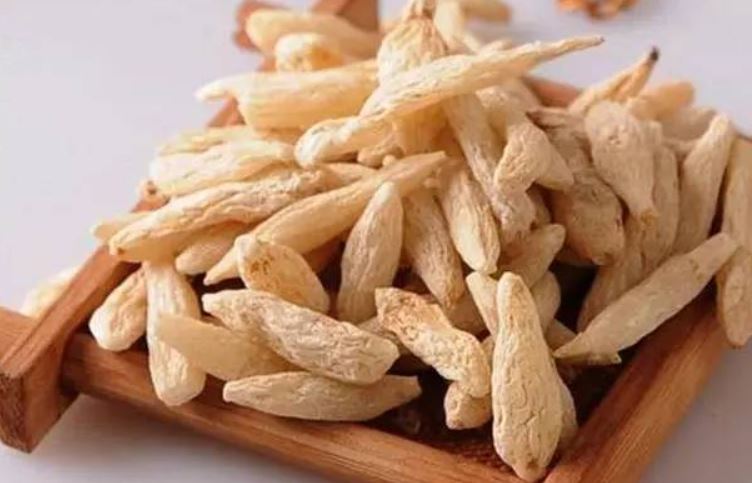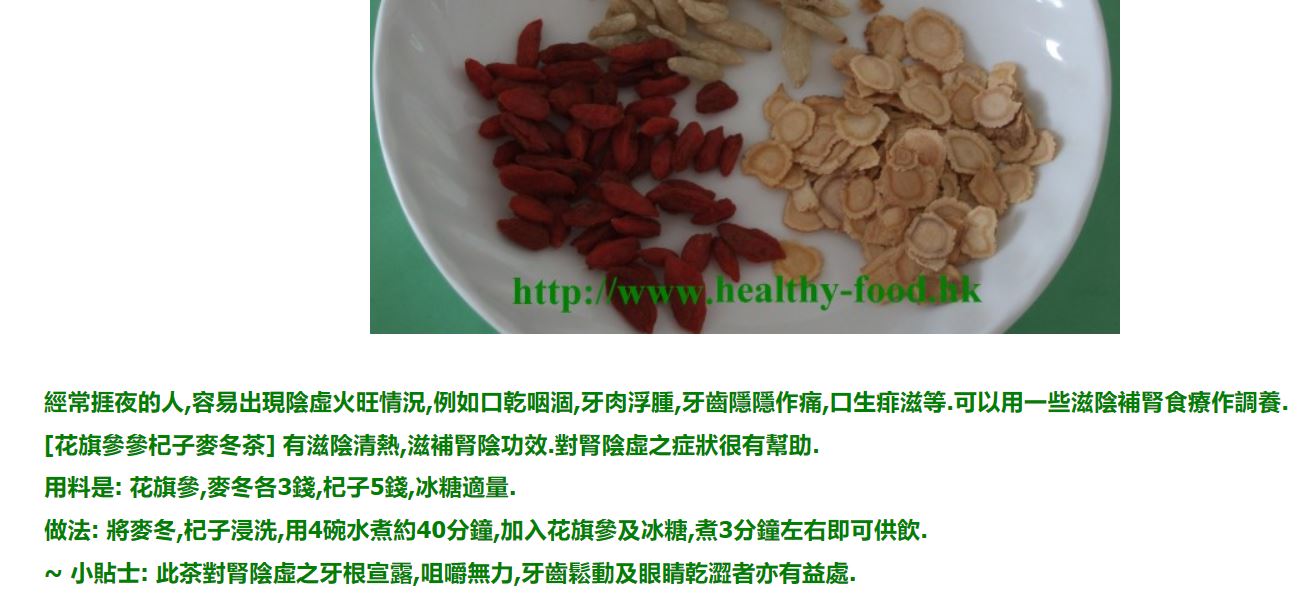Chinese herbology, along with treatment techniques like point pressure message , is one of the most important of the ancient wellness practice known as Traditional Chinese Medicine (TCM). This holistic tradition, and others from around the world, tap into the power of plants to heal and invigorate the human body.
The Top Ones We use and available for you:
Here you’ll find the following most trusted all-natural herbs commonly used in Traditional Chinese Medicine to boost overall health and wellness. Each has a unique story and delivers its own remarkable benefits, known for millennia and more recently explored by modern science.
There are hundreds of medicinal herbs grown and used all over the world, but consider following Chinese herbs our guide to the greatest hits. These plant-based remedies, developed by practitioners of Traditional Chinese Medicine, can help improve your overall health and well-being in many ways. We’ll walk you through a little background information on each herb, where it comes from, and what it does, plus easy ways to make these natural wonders a part of your everyday routine.
1. Ren Shen (Red Ginseng Root)
Red Ginseng is a leafy plant, native to Asia, whose root has long been known in Traditional Chinese Medicine as a powerful adaptogen – that’s a natural substance that helps the body adapt to stress – with a multitude of health benefits.
And Western holistic medicine agrees. For example, research has shown that ginseng can help improve the body’s ability to process alcohol (which makes it a potent addition to our Indulgence Relief formula). Other interesting studies have demonstrated ginseng’s potential as a “beauty food,” with a covetable ability to help boost levels of collagen in the skin, reducing the visible effects of aging like wrinkles and discoloration, or dark spots.
An individual customized formula harnesses red ginseng root, along with other ingredients like pearl powder and rose hips, for these sought-after properties. This herb is naturally invigorating, with both anti-inflammatory and antioxidant qualities that make it one of the most famous Chinese herbs in use.
2. Dang Shen (Codonopsis Root)
Codonopsis root, though less well-known in the West than ginseng, is one of the most commonly used herbs in the practice of Traditional Chinese Medicine. It promotes whole-body health by supporting digestion and overall energy levels. It is used to improve vitality and a general feeling of brightness and well-being.
One of the many reasons it is so effective used, in addition to the many ailments it treats, is its mildness and gentle effectiveness.
3. Huang Qi (Astragalus Root)
Astragalus is another Asian root that remains largely unfamiliar to Western consumers, but has been used successfully for thousands of years in herbal treatments developed by Traditional Chinese Medicine. This herb in particular is known as an excellent immune system booster. Chemical compounds found in astragalus, studies have shown, can work to alleviate oxidative stress on the body while decreasing inflammation and regulating the immune response at a cellular level.
Astragalus root is thought to work at its highest potential when taken preventatively, and regularly, by those who are in overall good health. A great daily immune system support to fight off year-round symptoms of allergies and illnesses before they become debilitating.
4. Bai Shao (White Peony Root)
You may already know the peony plant for its colorful petals, especially popular as garden-grown beauties and wedding decor, but the peony’s root is where its medicinal properties and health benefits can be found. In Traditional Chinese Medicine, peony root is often used to aid blood circulation, increase energy, and balance mood.
In particular, this herb has historically been used to help with anxiety and depression by inhibiting the reuptake of serotonin (one of the nervous system’s neurotransmitters, or “happy hormones”) in the brain. Improved focus and mental stability are both expected outcomes of a regular regimen of peony root supplementation. These peony root relieves tension and promotes a feeling of comfort.
5. Suan Zao Ren (Jujube Seed)
The jujube fruit, also known as a red date or Chinese date, is a small fruit with a pit at the center. Its seeds have been used medicinally for at least 3,000 years as a remedy for insomnia, and modern studies confirm that this herb works as a natural sedative, helping you to feel like resting when your mind, body, or both can’t seem to slow down on their own.
This fruit, modern science now understands, is rich in compounds called saponins, which have a soothing effect on the nervous system, which regulates the body’s ability to relax (and ultimately drift into slumber). Work with other herbs can provides support for deeper relaxation and better, longer sleep.
6. Wu Wei Zi (Schisandra Berry)
Also known as the “five-flavor fruit” because its berries are said to contain an entire spectrum of salty, sweet, sour, spicy, and bitter tastes, this Asian plant is widely respected in Traditional Chinese Medicine. Schisandra is part of a family of herbs called adaptogens, which help the body to adapt to stressors and ultimately weather life’s physical and emotional challenges.
It’s been used for millennia to fight the symptoms of stress and fatigue, and newer research suggests that schisandra berry may improve endurance in particular by preventing a buildup of acid in the lungs. With the power to ease breathing in this way, schisandra berry may help you exercise longer and even feel physically calmer in the face of anxiety or panic. Its energy-balancing properties make this herb a key to bring you to calmness and sleep well at night.
7. Jin Yin Hua (Honeysuckle Flower)
Honeysuckle is a beautifully vibrant flowering plant, growing widely across East Asia. It also has a delightfully warm, sweet scent that’s sometimes used in relaxing aromatherapy treatments (or even pleasantly scented cleaning products). But in Traditional Chinese Medicine, its most coveted characteristic is its ability to support the immune system with anti-inflammatory, antibacterial and antiviral effects.
It’s understood to help the body fight off certain ailments, like fevers, sore throats, and even skin rashes. blend with other in harmony herbs accordingly, this unique Chinese herb helps the whole immune system fight back against illness so you can feel better, sooner, and get back to your regular routine.
8. Bai Zhu (Atractylodes Root)
The root of the atractylodes plant, which is part of the sunflower family that grows abundantly in the southeastern part of China, has a long history as one of the most important herbs in Traditional Chinese Medicine. With many medical uses, it’s especially well known for its ability to support metabolism and improve the function of the digestive tract, which is a cornerstone of many customized Chinese herb tea remedies by many TCM practitioners.
This herb also helps the body to process the therapeutic benefits of other herbs, It is an invigorating herb that supports overall mood and well-being by targeting the flow of Qi, TCM's concept of essential energy.
9. Bai Zhi (Fragrant Angelica Root)
This herb is one with quite a range of powers, and as such, has long been used in Chinese herbal medicine – as well as traditional European, particularly Russian, medicine – to tackle multiple symptoms at the same time. To many TCM practitioners, fragrant angelica root’s core use is working to open up the nasal passages. This in turn helps alleviate the discomfort of congestion, cold symptoms, and headaches.
In addition, many patients find that fragrant angelica root reduces related tension in the head, neck, and shoulders, along with all over body aches. You can tapped fragrant angelica root to target breathing and sinus issues sometimes caused by seasonal triggers like pollen and dust.
10. North American Ginseng
NA Ginseng is an herb that is rich in antioxidants. Research suggests that it may offer benefits for brain health, immune function, blood sugar control, and more.
Tips for Using Chinese Herbs
Herbal remedies are one of the most important modalities in the ancient Chinese tradition of treating illness – and proactively promoting wellness. The simplest way to use these herbs is as supplements, use them making hot tea or soup to enjoy.
For the dosage, timing and considerations if you are a person takes pills, to maximize the benefits and avoid harmful reaction from the conflict of your current medication, you need to consult a TCM expert. The use of TCM herbs is both art and science, and a licensed practitioner of Chinese medicine can examine symptoms, diagnose conditions, and prescribe the herbs recommended for your needs. Our TMC professionals can help you by email your symptom and current any medicines in use to our office doveglobal888@gmail.com to connect you to one of the TCM doctor who specializes the field best fit your needs.
Make it a habit to observing your body. You'll notice the most improvement when you take above herbs regularly and correctly.
Adding Chinese Herbs to Your Routine Diet Enjoyment is the key for any disease has to back off their attacks from you! Finally, your faith and daily thanks to your body and give all glory to God who created all universe and lives in it!
Other Foods/herbs good to enjoy often visit:
http://doveglobal.biz/2023/07/24/red-dates/
http://doveglobal.biz/2023/07/24/longan-info/
More are coming.




